I’m Not Trendy: A Message on Fashion Trends
I’m breaking up with fashion trends, even if that means I’m not trendy.

If you’ve spent even a few minutes on Instagram (or even Amazon tbh) you’ve probably seen influencers showing you the latest thing to buy and how to wear it.
This is my mission statement against this practice.
I’m not trendy, and I’m not going to be.
Authentic personal style involves knowing yourself and digging deep to bring what’s inside to a visual artistic outward representation.
Read on, and enjoy my thoughts about trends and how the fashion industry sets us up for failure.
join the style membership for fashion frustrated women
The Radiant Woman Adventure
Understand your personal style, choose clothes that flatter your body, and look amazing every day. Get help with color analysis, style essence, body type, and building an easy simplified closet with a personal stylist in your pocket.
Table of Contents
Trendy vs Timeless
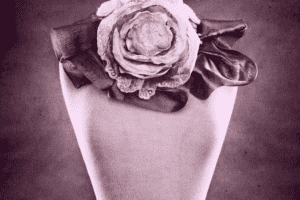
What makes something trendy versus timeless?
Timeless pieces are typically those which hold up over time, lack details that can make them dated, and suit a wide variety of types.
Think of a little black dress. Classic, elegant, timeless.
Trends are those things which instantly make you think back on some time in the past…because even if they’re current, they’ll eventually remind you of Spring 2017 (I’m looking at you overpriced Lularoe leggings) or some other year in the past.
Remember how we look back on those big bangs and just KNOW they’re from the late 80s???
These are the nature of trends. Short lived, with the intention of getting you to buy the next newest thing.
But why???
The History of Fashion Trends
Let’s take a quick jaunt through fashion industry history to see what went wrong.

For most of human history clothing was created by hand individually. It was with the advent of the industrial age that clothing became mass produced and ready to wear was sold through companies like the Sears catalog.
Prior to this point, high fashion was relegated to the ultra wealthy, elite, or nobility. Even still, clothing was handmade by dressmakers and seamstresses.
An awareness of fashion and style can be seen beginning with photography and motion pictures, as actresses began to be emulated more publicly.
“Designer” fashion as we consider it now began in the mid-19th century, as Charles Frederick Worth began sewing labels into clothing.
Fashion houses have continued to rise and fall, with designers expressing themselves artistically twice a year with new collections.

The style, or trends, from these collections would then trickle down in mass-produced clothing items.
Thus the modern trend landscape is a blend of fashion designers, celebrities, and the industrialization of sewing.
Trends are a Marketing Gimmick
So, how did twice yearly trends become more cyclical and in your face?
Well, the truth is that it’s all about the money.
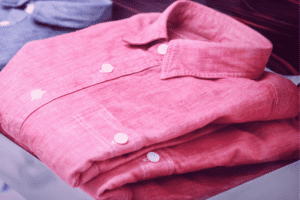
Consider the path of 2 shirts:
- Shirt A: a bespoke linen blend shirt, made of organic fair-trade fabric, created with darts, pleating at the shoulder, with hand sewn buttons. Made by a local artisan, sold for $120 and taking 2 hours to produce.
- Shirt B: a mass produced button front shirt, made with inexpensive polyester, sewn in a factory in China with no labor regulations. No shaping, no design, standard sized from extra small to extra large. Mass produced and order numbers in the millions to be sold at a retailer in the mall. $15
The first shirt isn’t able to be mass produced because of the customization involved. It isn’t financially accessible for most people either.
The second, though, can be sold anywhere from Walmart to Zara (and frequently the same shirts go to both places with different labels). Most people in America can afford a $15 shirt.
But what happens to each shirt when it’s in the hands of the consumer?
The first shirt is likely cared for lovingly, the consumer remembers when they spent. Stains are quickly addressed and minor flaws are repaired. After all, a $15 fix is cheaper than another $120 shirt.
The second shirt, however, get’s treated as the price it commands. It doesn’t fare quite as well with repeated and more frequent laundering. When it gets a stain or a hole, it’s easier to simply replace it instead of spending $15 on a repair or for dry cleaning.
The first shirt lives a longer life. The second shirt dies a quick death, but the retailers have counted on this, and are now ready to offer you entirely new options.
It’s a fact that some of the fastest names in disposable fashion turn over new designs in a 2 week period.
They WANT you to come back in and purchase new cheap disposable fashion every few weeks.
So what once was a twice yearly trend presentation, is now a never ending cycle of new and need to buy.
Note: this isn’t to shame anyone for buying inexpensive fashion. We all have budgets and limitations and it’s fortunate clothing exists at these price points. I simply want to point out that the driving factor of never ending trends is the almighty dollar.
I’ve Never Cared what’s Fashionable
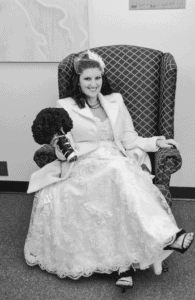
Since starting this website I’ve spent a lot of time reflecting back through the years, and I honestly can’t remember a time where I cared what was in style.
I always wore what I wanted, and don’t recall anyone ever saying anything to me about it.
In junior high they wore oversized sweatshirts and I had velvet pants. When I worked in hospital administration I bought the clothes that were work appropriate in my best colors before I knew anything about color analysis.
I’ve probably been a victim to fashion more since having kids than ever in my life.
But you know what???
I still don’t care what’s trending or in style.
In the past I’ve done trend round-ups twice a year, and honestly it was just really unpleasant for me.
So I’m not going to be reporting trends anymore. And that’s not what I want to be for you.
There are so many great articles and resources for seasonal trends to follow, Vogue and Who What Wear being my favorites.
Personal Style is Authentic, Not Trendy
You can take quizzes or copy looks on Pinterest or Instagram, but the truth is that your personal style is an adventure of discovery.

Personal style is bringing what’s on the inside out, and communicating that to the world. Trends will seldom accomplish this feat.
Think about your personal style as if you were naming a book, what would the title of your best seller be?
Seldom would you find your titled style to be exactly the same as someone else. Adopting trends to look cool is ignoring the real you inside.
Be authentic. Be real.
It can be hard, but the journey to self discovery is never easy.
Need some help getting started? The best first step is to create your own personal style mood board.
Final thoughts on Being ‘Not Trendy’
I’m putting this out there because I get so frustrated seeing women go season after season confused about style, feeling frumpy, meh and overwhelmed with their wardrobe.
I want you to know that it’s not you.
So what if you’re not trendy?
Big fashion businesses are banking on all those negative feelings mentioned above to get you in the store and get more of your money.
Stop the cycle. Embrace “not trendy” as the new trend.
So tell me, are you a trendy fashionista or a timeless (aka radiant) woman?
Related Style Articles:
- Personal Style in the Past
- Lessons Learned from my Grandma
- 10 Outfit Tips to Rock your Family Photos

If you feel like you’re “not trendy”, embrace discovering your timeless style and kiss fashion trends goodbye.
Stacey is the owner and creator behind Radiantly Dressed. She is a certified image consultant and AICI member focusing on creating simplicity in wardrobes via color and style.
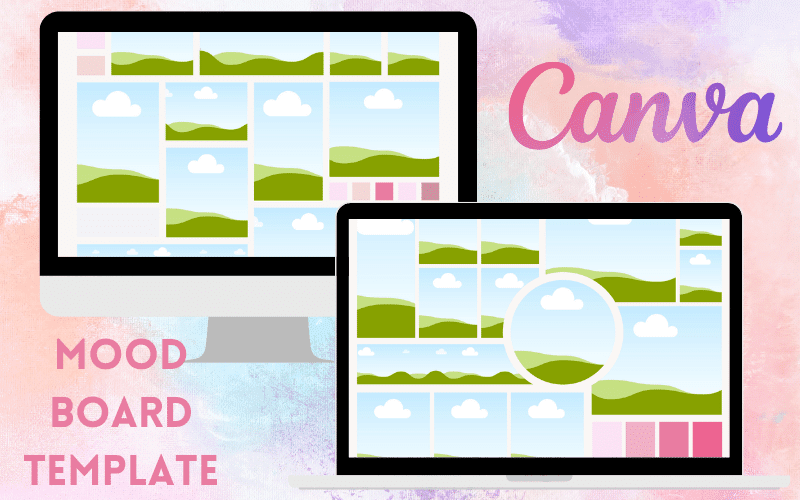
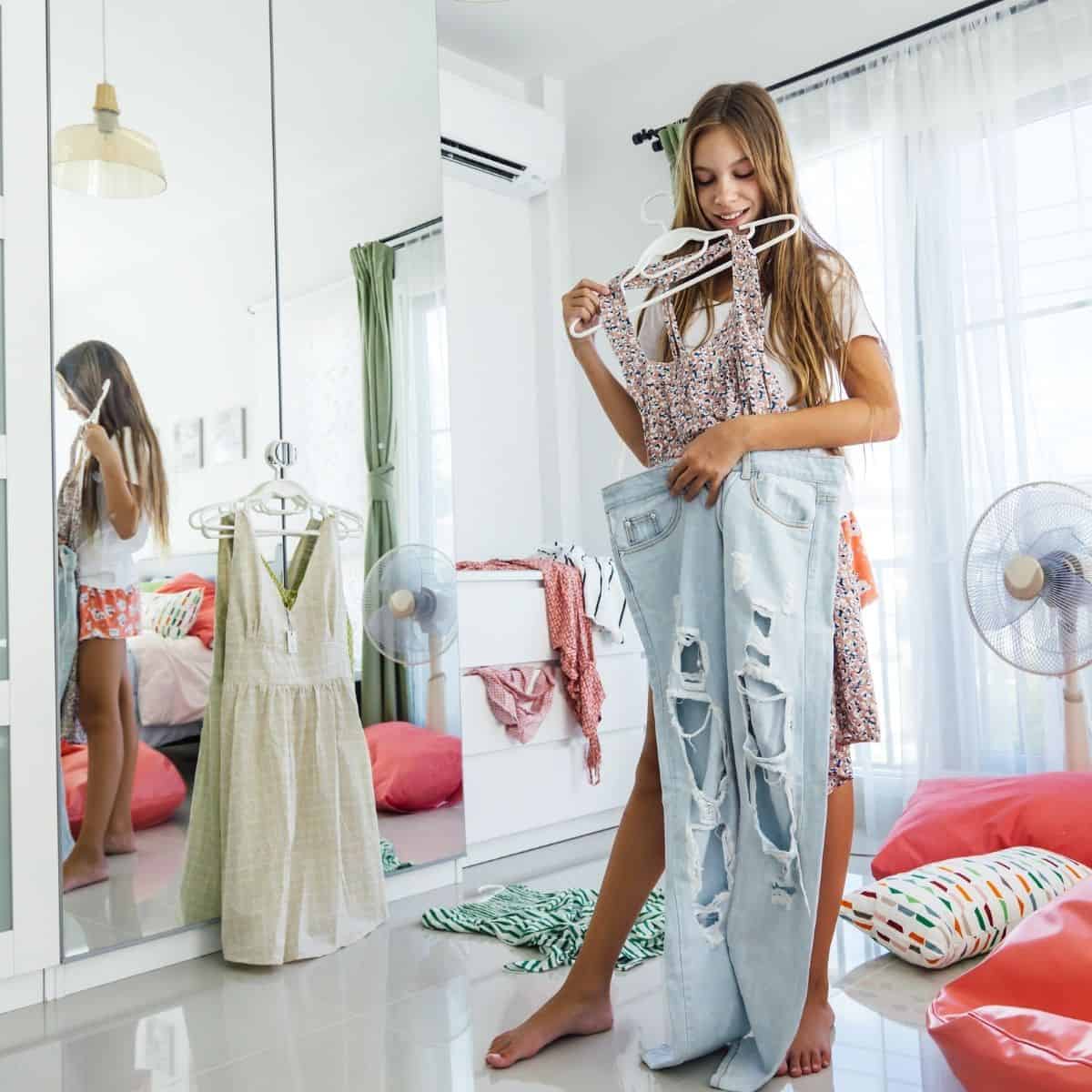


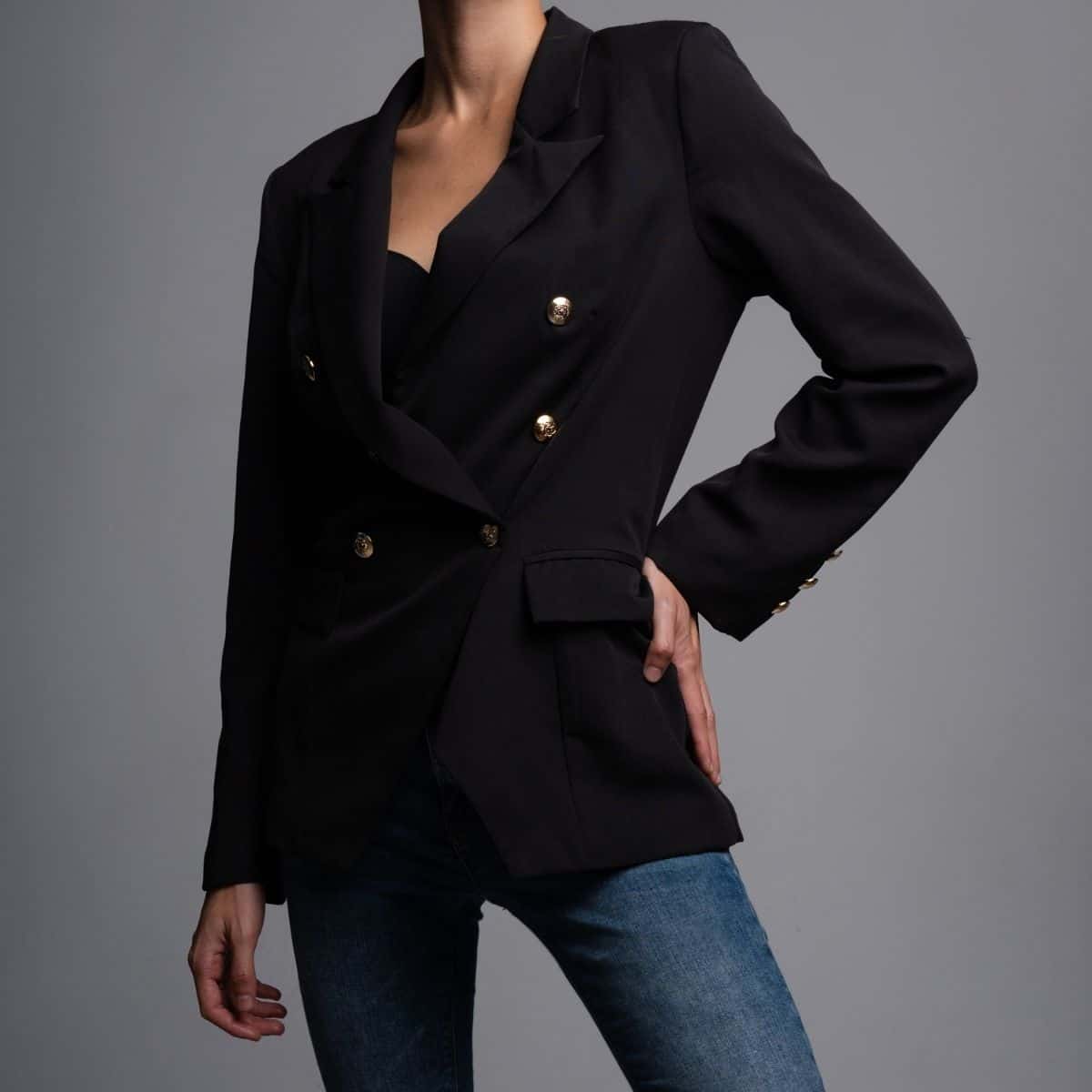

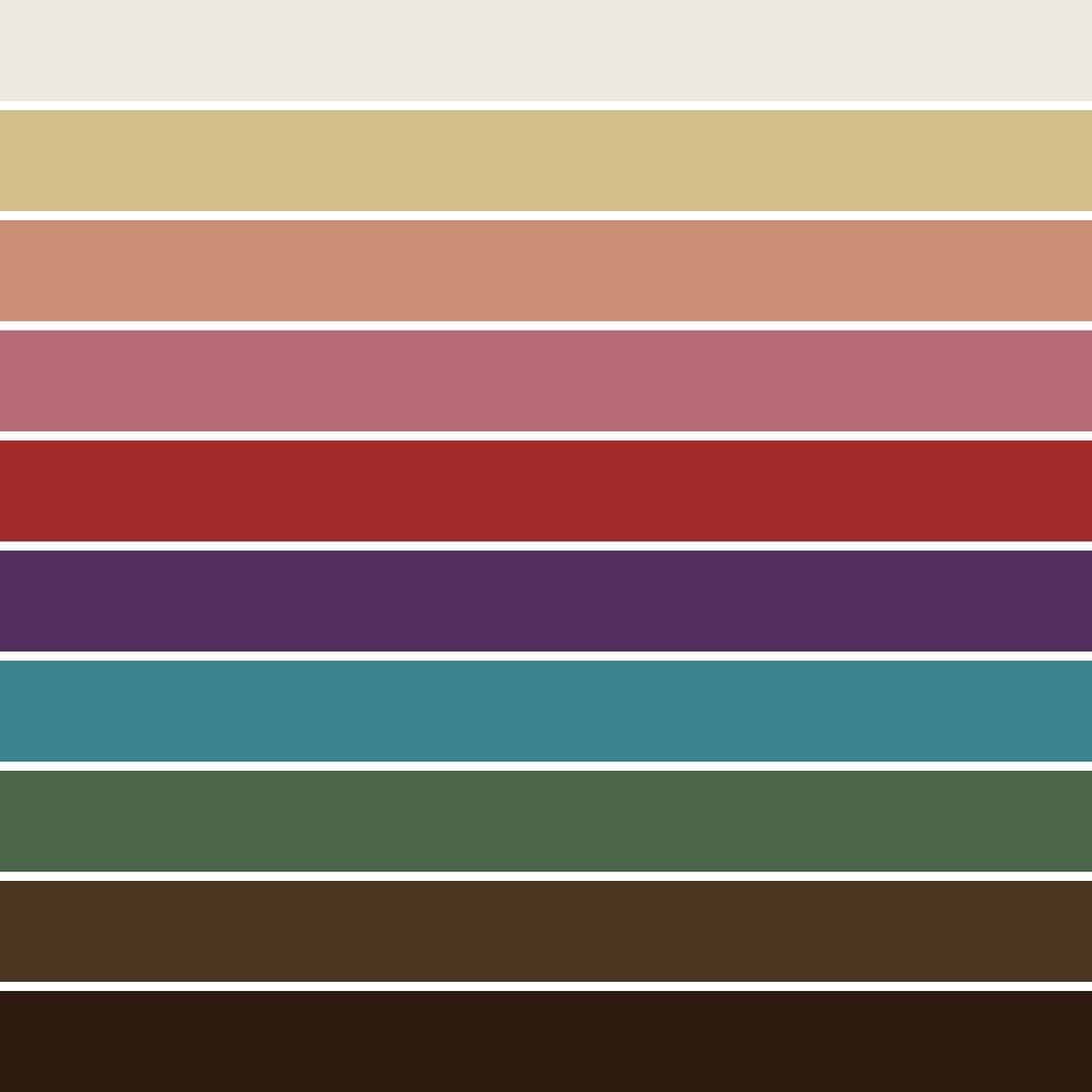










Do you believe that personal style can be just as impactful and influential as following fashion trends?
Definitely.
How do you envision the future of fashion, considering the growing movement towards rejecting trends and embracing personal style?
I think the best comparison is to the healthy food movement. It will be slow, and require enough people to reject the fast fashion brands and what the industry stands for. Other companies will have to rise up and fill the gaps and people will slowly change their ways. But just like there will always be McDonald’s, there will always be comparable places in fashion as long as people keep giving them money.